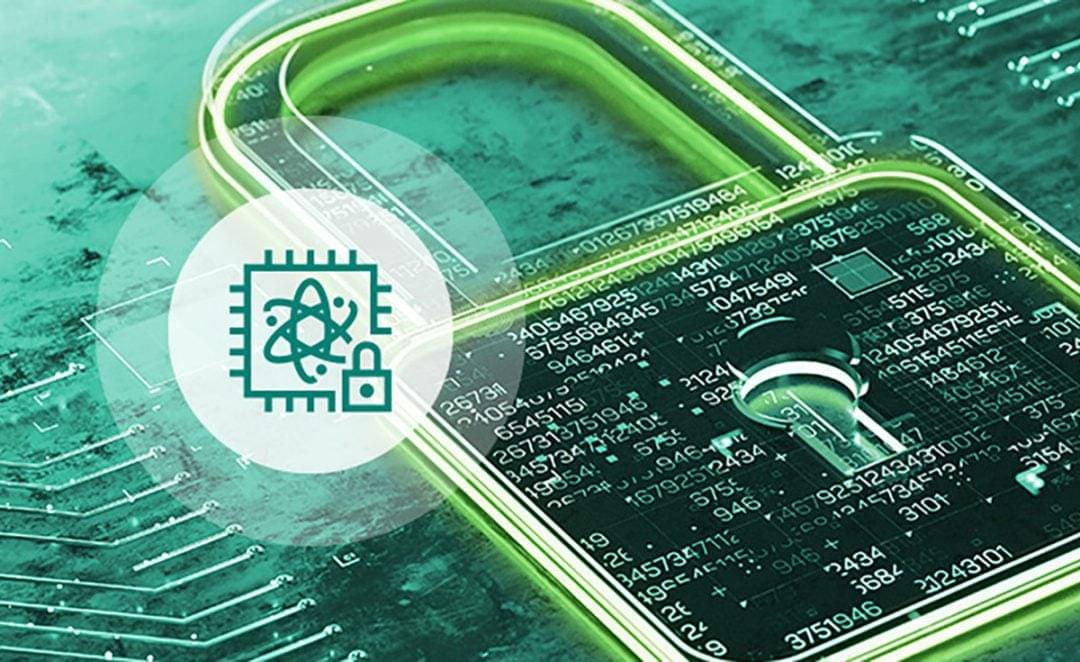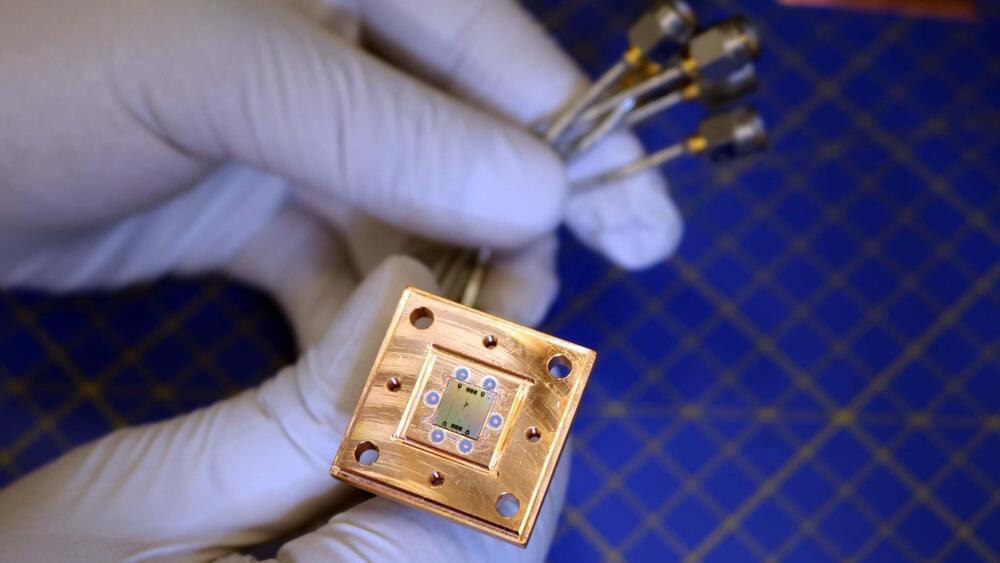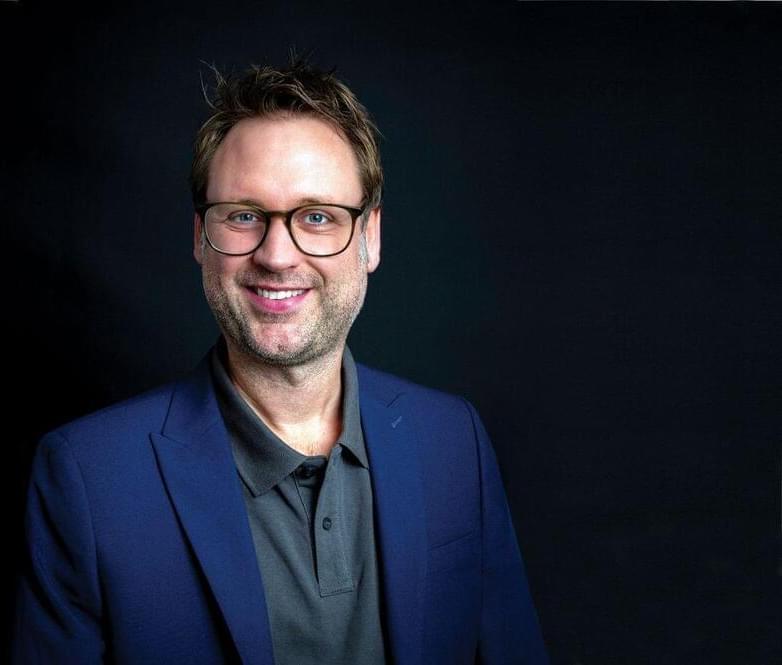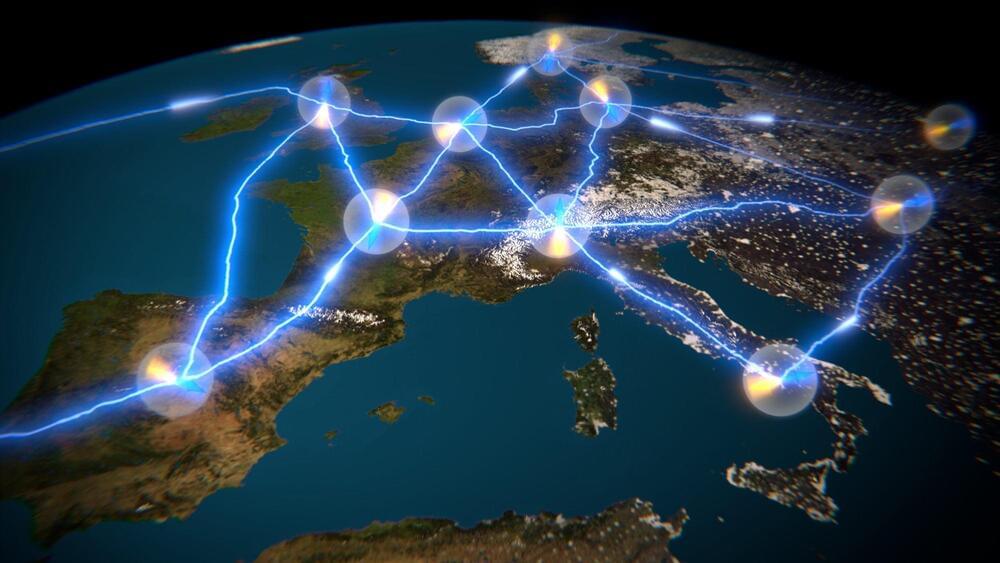SEALSQ’s hardware solution highlights its post-quantum cryptography capabilities and adherence to global security standards.
Category: encryption – Page 12


Record cold quantum refrigerator paves way for reliable quantum computers
Quantum computers require extreme cooling to perform reliable calculations. One of the challenges preventing quantum computers from entering society is the difficulty of freezing the qubits to temperatures close to absolute zero.
Now, researchers at Chalmers University of Technology, Sweden, and the University of Maryland, U.S., have engineered a new type of refrigerator that can autonomously cool superconducting qubits to record low temperatures, paving the way for more reliable quantum computation.
Quantum computers have the potential to revolutionize fundamental technologies in various sectors of society, with applications in medicine, energy, encryption, AI, and logistics. While the building blocks of a classical computer—bits—can take a value of either 0 or 1, the most common building blocks in quantum computers—qubits—can have a value of 0 and 1 simultaneously.

Massive healthcare breaches prompt US cybersecurity rules overhaul
The U.S. Department of Health and Human Services (HHS) has proposed updates to the Health Insurance Portability and Accountability Act of 1996 (HIPAA) to secure patients’ health data following a surge in massive healthcare data leaks.
These stricter cybersecurity rules, proposed by the HHS’ Office for Civil Rights (OCR) and expected to be published as a final rule within 60 days, would require healthcare organizations to encrypt protected health information (PHI), implement multifactor authentication, and segment their networks to make it harder for attackers to move laterally through them.
“In recent years, there has been an alarming growth in the number of breaches affecting 500 or more individuals reported to the Department, the overall number of individuals affected by such breaches, and the rampant escalation of cyberattacks using hacking and ransomware,” the HHS’ proposal says.

Quantum Teleportation Achieved Over Internet For First Time
A quantum state of light has been successfully teleported through more than 30 kilometers (around 18 miles) of fiber optic cable amid a torrent of internet traffic – a feat of engineering once considered impossible.
The impressive demonstration by researchers in the US may not help you beam to work to beat the morning traffic, or download your favourite cat videos faster.
However, the ability to teleport quantum states through existing infrastructure represents a monumental step towards achieving a quantum-connected computing network, enhanced encryption, or powerful new methods of sensing.

This Cryptographer Helps Quantum-Proof the Internet
Users of Google’s Chrome browser can rest easy knowing that their surfing is secure, thanks in part to cryptographer Joppe Bos. He’s coauthor of a quantum-secure encryption algorithm that was adopted as a standard by the U.S. National Institute of Standards and Technology (NIST) in August and is already being implemented in a wide range of technology products, including Chrome.
Rapid advances in quantum computing have stoked fears that future devices may be able to break the encryption used by most modern technology. These approaches to encryption typically rely on mathematical puzzles that are too complex for classical computers to crack. But quantum computers can exploit quantum phenomena like superposition and entanglement to compute these problems much faster, and a powerful enough machine should be able to break current encryption.

Quantum teleportation has begun to change the world
Quantum teleportation, once confined to the pages of science fiction, is steadily becoming a tangible scientific achievement. Advances in quantum mechanics over the last decade have transformed teleportation from a theoretical concept into an experimental reality.
These breakthroughs have revealed innovative methods for transmitting information instantaneously over vast distances, offering transformative possibilities for computing, communication, and cryptography. Scientists are now closer than ever to bridging the gap between imagination and reality in this cutting-edge field.
At its core, teleportation in the quantum world isn’t about physically transporting objects or people, as popularized by franchises like Star Trek. Instead, it involves transmitting quantum states—essentially the fundamental properties of particles like electrons or photons—without physical movement of the particles themselves.

Einstein Meets Newton: Scientists Demonstrate New Aspect of Wave-Particle Duality
Linköping University’s experiment confirms a key theoretical link between quantum mechanics and information theory, highlighting future implications for quantum technology and secure communication.
Researchers at Linköping University and their collaborators have successfully confirmed a decade-old theory linking the complementarity principle—a fundamental concept in quantum mechanics—with information theory. Their study, published in the journal Science Advances, provides valuable insights for understanding future quantum communication, metrology, and cryptography.
“Our results have no clear or direct application right now. It’s basic research that lays the foundation for future technologies in quantum information and quantum computers. There’s enormous potential for completely new discoveries in many different research fields,” says Guilherme B Xavier, researcher in quantum communication at Linköping University, Sweden.

Russia blocks Viber in latest attempt to censor communications
Russian telecommunications watchdog Roskomnadzor has blocked the Viber encrypted messaging app, used by hundreds of millions worldwide, for violating the country’s legislation.
“Access to the Viber service is restricted due to the violation of the requirements of Russian legislation for organizers of information dissemination,” Russia’s internet regulator said in a press statement.
“Compliance with the requirements is necessary to prevent threats of using the messenger for terrorist and extremist purposes, recruiting citizens to commit them, selling drugs, as well as in connection with the posting of illegal information.”

Is DNA Data Storage Ready for Data Centers?
Biobanks are an obvious use case for DNA data storage. “With this technology, you could convert a biobank that is the size of a football field into something that can fit with everything in the palm of your hand,” says Banal. With encapsulation technologies, the DNA samples can be stored at room temperature. Compared to storing samples in freezing conditions in conventional biobanks or data centers that require extensive cooling, this has significantly lower energy consumption.
Until recently, scientific and medical applications were the sole drivers behind storing data in DNA. New research could broaden its scope to cryptography and nanotechnology. Another interesting development is the emerging intersection of DNA data storage and DNA computing. Indexing methods for DNA data retrieval mentioned earlier are an early example of that. Today, one of the most pressing commercial drivers of the technology is the data centers.
As researchers and startups chip away at its limitations, DNA data storage is becoming a viable commercial solution for storing all kinds of data at scale. The DNA Data Storage Alliance, a consortium founded in 2020, counts legacy data storage giants such as Western Digital and Seagate among its members.